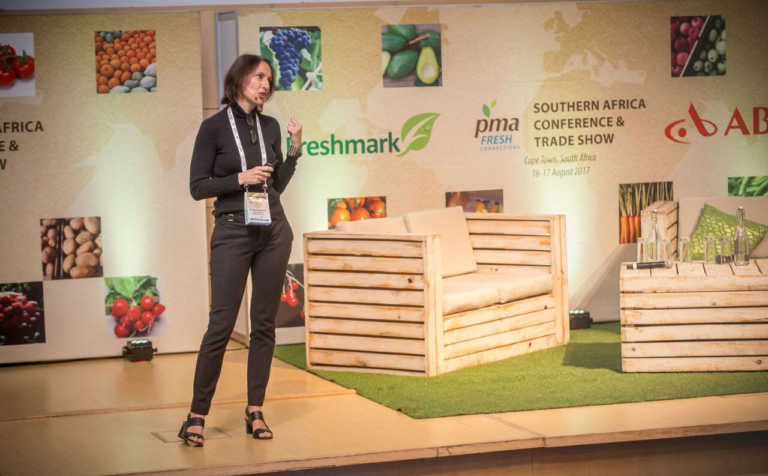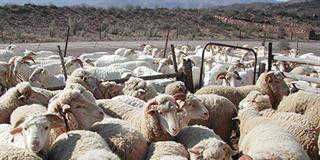
This was according to Maryla Masojada, managing director of retail strategy specialists, Trade Intelligence, speaking at the recent Produce Market Association’s (PMA) Fresh Connection Conference held in Cape Town.
“The convenience trend is currently prevalent in the global and local market place, and it’s changing shopper behaviour, as well as store format,” Masojada said. She referred to the spaza shop format, which is part of informal wholesale and hybrid market.
The trend of convenient shopping was also reflected in partnerships between major food retailers and petroleum companies with express shops and forecourt retail sites at their service stations.
“This is changing the face of how consumers shop,” said Masojada.
Turing to other trends in the retail industry, she said that there was a significant shift towards fresh produce, with every corporate retailer having “best in fresh” in its strategy.
“Retailers are decreasing floor space for groceries and increasing shelf space for fresh produce. It really plays in your favour. When you walk into a store, the fresh produce is always in the front […]. This is what shoppers are after,” she said.
However, it was not possible to be a differentiator if everybody was implementing it. Success boiled down to execution, particularly with regard to presentation, communication to the shopper, and supply chain management.
She highlighted that the supply chain was one of the biggest conundrums that suppliers were grappling with. “It’s the last frontier and whoever cracks it, will be the winner of the future. If you get it right, the margins will start to come.”
Masojada said that the SA food market was worth R557 billion, of which 60% was accounted for by the major supermarkets (R335 billion). Formal and hybrid wholesalers, with sales of R25 billion, accounted for 5% of the total market.
However, the biggest unknown was the value of the informal wholesale and hybrid market. Estimates of this market ranged from R31,8 billion, Pierre Heistein, Convener of Economics and R168 billion, according to TI.
“Don’t underestimate this hidden economy. It’s just more difficult to see and reach,” she cautioned delegates.











